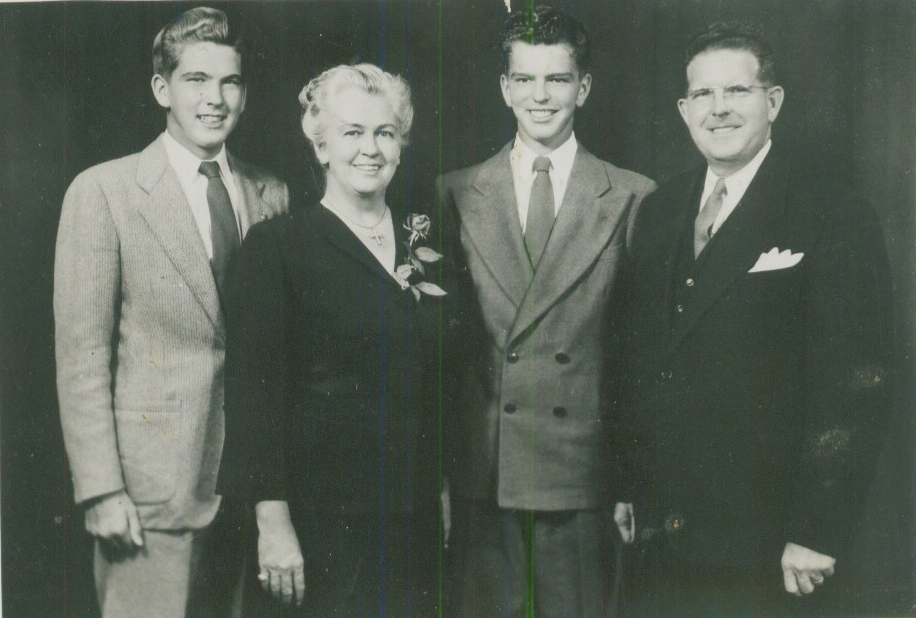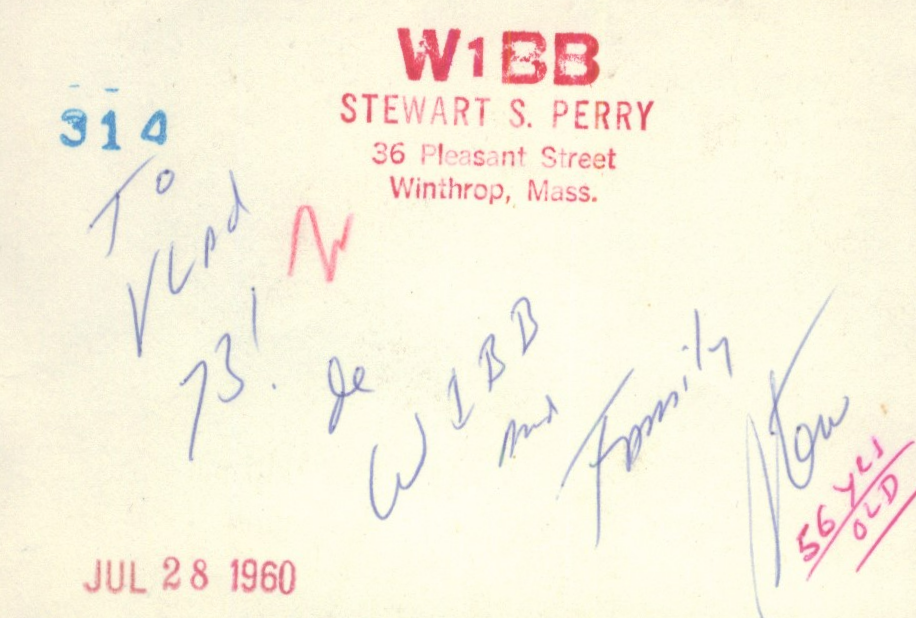Bands used by radio amateurs.
PART 1. HF (shortwave) Bands
When talking about the radio spectrum used by radio amateurs, one has to remember that in the early days of radio, hams were able to use it all.
Numerous unsuccessful transatlantic attempts were made on different frequencies, mainly on 1.5 MHz (200 meters). Finally, on 27th November 1923, a Frenchman Leon Deloy 8AB from Nice succeeded in making contact with two American stations, Fred Schnell 1MO and John Reinartz 1XAL, on a specially authorized wavelength of 110 meters.
This first-ever transatlantic QSO not only started the era of amateur radio long-distance HF Dxing but showed that even shorter wavelengths than 200 meters could be used.
160-𝒎𝒆𝒕𝒆𝒓 𝒃𝒂𝒏𝒅
After WWII, the interest in low bands, especially the 160-meter band, called the “Top Band,” has revived among hams.
American amateur Stewart Perry W1BB was the first in the world who worked 100 countries on 160m and got the prestigious DXCC-160m award. To commemorate W1BB achievements, the annual “Stew Perry Topband Challenge” contest is held.

Stewart Perry W1BB and family, July 1960.
The first ever 160-meter QSO between USA and Ukraine was made in 1960 between Stewart Perry W1BB and Vladimir Goncharsky UB5WF. Stewart has signed the photo of his family for Vlad.

The large transmitting and special receiving antennas needed for 160m are the major limiting factors for the widespread use of this “from sunset to sunrise” band.
80-𝒎𝒆𝒕𝒆𝒓 𝒃𝒂𝒏𝒅
When moving up the spectrum, we will find ourselves on a popular 80-meter band. This band is also considered “from sunset to sunrise,” but it is used locally all day.
Belgian amateur John Devoldere ON4UN contributed greatly to the popularity of low band long-distance communications in general and 80m activity in particular. His book “Low Band Dxing” remains the world bestseller of the last decades.
John has also proposed a concept of “Grey line propagation” phenomena that emphasized at the signal improvement along the terminator. He published the “Sunrise and Sunset Times” book and wrote a computer program to calculate them.
Contrary to 160m, this band doesn’t require very large transmitting antennas but special solutions are needed to make them broadband as this band is wide (3500-4000 kHz).
RigExpert AA-35 ZOOM analyzer could be an ideal instrument for this purpose.
40-𝒎𝒆𝒕𝒆𝒓 𝒃𝒂𝒏𝒅
The next along the spectrum is one of the most popular worldwide bands – the 40-meter band.
Its unique property of being “open” 24 hours a day makes it ideal for inland traffic and nets in North and South America, Europe, and the Far East.
Simple antennas, round-the-clock propagation, and the absence of broadcasters up to 7200 kHz makes 40m an ideal general-purpose band.
20-𝒎𝒆𝒕𝒆𝒓 𝒃𝒂𝒏𝒅
Moving up the spectrum, we’re getting to the “King of all HF bands” – 20 meters.
14 MHz was the first real DX band already before WWII and remains the most populated and activated nowadays. The propagation on this band is not dependent to a large extent on solar cycles.
Simple antennas aren’t enough for successful operation on this band, as it is difficult to compete with holders of directional antennas. Building or buying one is the first step to success.
RigExpert AA-35 ZOOM analyzer is necessary to check and tune your directional 14 MHz array.
15-𝒎𝒆𝒕𝒆𝒓 𝒃𝒂𝒏𝒅
The next, along the spectrum, is the famous “contest” and DX band – 15 meters band.
The propagation on this band is dependent to some extent on solar cycles.
When the sunspot number is high, this band is wide open, and even the simple antenna is enough to work the world.
On the other hand, during the years of low sunspot activity, the propagation favors meridional paths, signal levels are low and directional antennas are needed.
During summer months, short skip openings enable local QSOs.
10-𝒎𝒆𝒕𝒆𝒓 𝒃𝒂𝒏𝒅
The next, along the spectrum, is the popular highest HF “contest” and DX band – 10 meters band.
The propagation on this band is largely dependent on solar cycles.
When the sunspot number is high, as we have now, this band is wide open, and even the simple antenna is enough to work the world.
On the other hand, during the years of low sunspot activity, the band is “closed” most of the time, and rarely there a TEP (TransEquatorial Propagation) that favors meridional paths, signal levels are low and directional antennas are needed.
During summer, there are short skip Es (reflection from appearing Es clouds) openings enabling local QSOs.
𝑾𝑨𝑹𝑪 𝒃𝒂𝒏𝒅𝒔
There are three more HF bands (30, 17, and 12 meters) called WARC bands, named after the World Administrative Radio Conference, which in 1979 created a worldwide allocation of these bands for amateur use. Amateurs have started to use these bands in the early 1980s.
Contests aren’t allowed on these bands, so they are used primarily for DX and general QSOs.
The propagation on the 30-meter band is similar to 40 meters, it is a noctidial band used for both DX and local communications on CW and digital modes only.
The propagation on the 17-meter band is similar to 20 meters, and it is used for both DX and local communications on all modes.
The propagation on the 12-meter band is similar to 10 meters, The propagation on this band is dependent to a large extent on solar cycles, and it is used for both DX and local Es communications on all modes.
Separate resonant antennas are preferable for WARC bands, but many amateurs use antennas for “popular bands” tuned to WARC frequencies. That’s where the antenna analyzers are necessary. RigExpert AA-35 ZOOM analyzer will serve this purpose ideally.
𝑻𝒉𝒆 𝑴𝒂𝒈𝒊𝒄 𝑩𝒂𝒏𝒅
Finally, on Spectrum’s “top of the hill,” there’s the unique 6-meter band called “The Magic Band.”
Propagation on the 50 MHz band depends on many factors and which, up to this day, are not investigated fully. It heavily depends on the solar cycle, and the Summer Es (reflection from Es clouds) propagation is considered standard.
The equinox March and September TEP openings along the Terminator, multi-hop Es that enable long-distance Europe to Japan and North America, and channelized openings from Europe to South America make this band unpredictable and “magic.”
The directional antenna for this band is absolutely essential.
RigExpert AA-55 ZOOM or other VHF/UHF RigExpert analyzers are excellent tools for checking and precisely tuning adjustments of directional 50MHz antennas.

